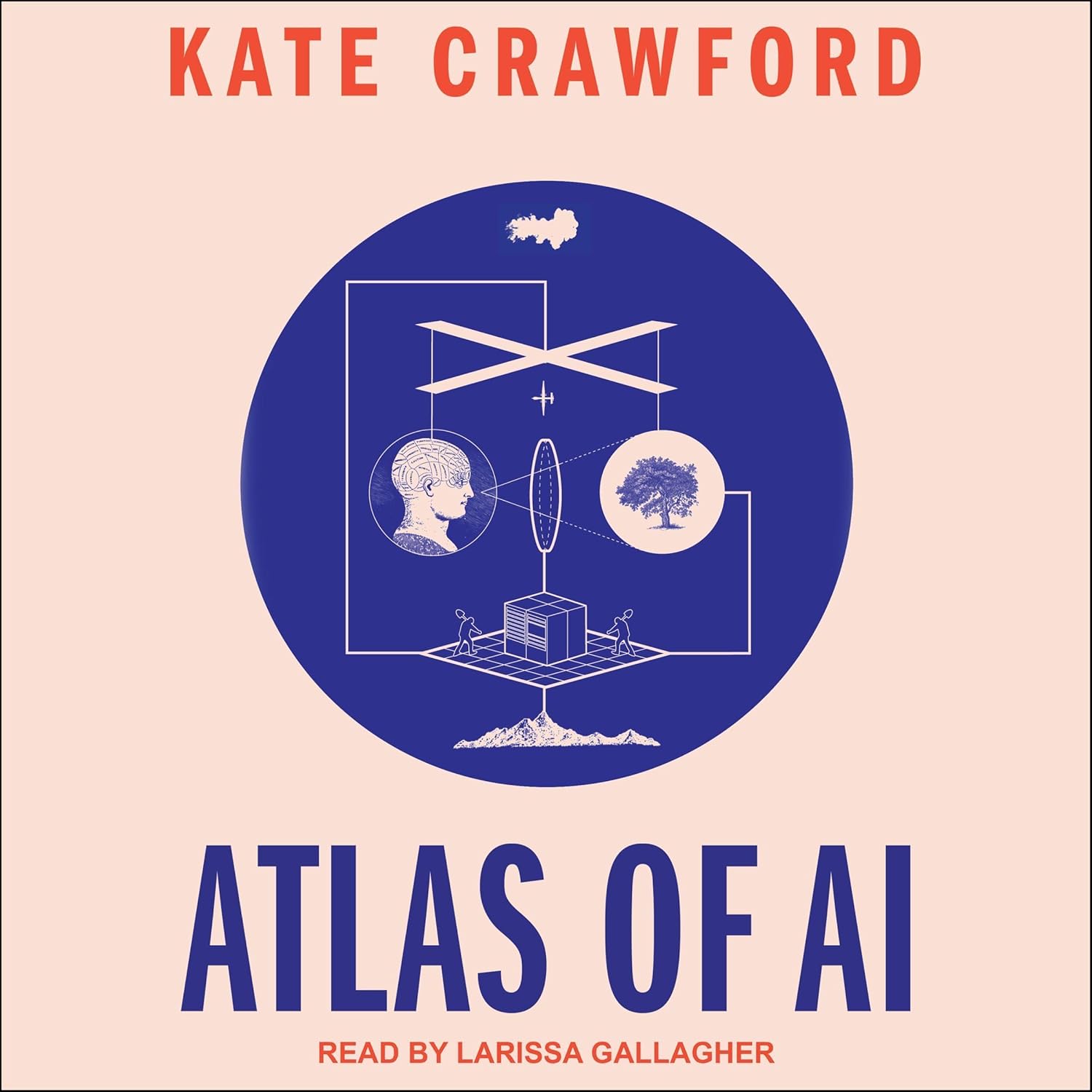Author: Thom Holwerda
Source
Sponsored:
Atlas of AI: Power, Politics, and the Planetary Costs of Artificial Intelligence - Audiobook

Uncover the true cost of artificial intelligence.
Listen now, and see the system behind the screens before the future listens to you. = > Atlas of AI $0.00 with trial. Read by Larissa Gallagher
I remember using DJGPP back in the 1990s before I had been exposed to Linux and feeling that it was a strange beast. Compared to the Microsoft C Compiler and Turbo C++, the tooling was bloated and alien to DOS, and the resulting binaries were huge. But DJGPP provided a complete development environment for free, which I got from a monthly magazine, and I could even look at its source code if I wished. You can’t imagine what a big deal that was at the time. But even if I could look under the cover, I never did. I never really understood why was DJGPP so strange, slow, and huge, or why it even existed. Until now. As I’m in the mood of looking back, I’ve spent the last couple of months figuring out what the foundations of this software were and how it actually worked. Part of this research has resulted in the previous two posts on DOS memory management. And part of this research is this article. Let’s take a look! ↫ Julio Merino Having access to tools such as this, including the source code, must’ve been a huge deal to a lot of people, even if ti was “strange, slow, and huge” as the author notes.

